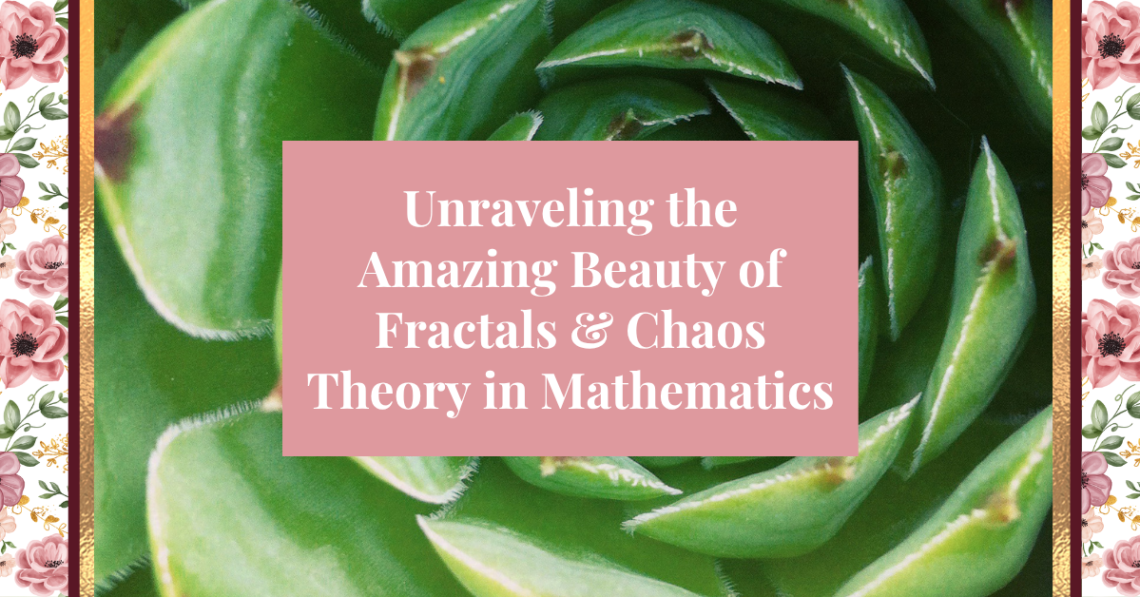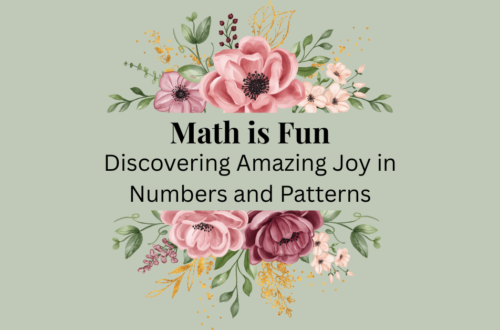When you think of math, you might picture equations, graphs, and the dreaded homework worksheets. But what if I told you math could be beautiful? Like, literally breathtaking? Welcome to the world of fractals and chaos theory, where math meets art, nature, and wonder. This isn’t your typical classroom topic—but it’s one worth exploring!
What Are Fractals?
Fractals are infinitely complex patterns that look the same at every level of zoom. They’re created by repeating a simple process over and over again. Mathematically, they’re defined by recursive formulas, but you’ve probably seen them without even realizing it—in snowflakes, leaves, clouds, and even broccoli!
Some famous examples include:
- The Mandelbrot Set: A stunning, never-ending swirl of patterns
- The Sierpinski Triangle: A triangle made of smaller triangles made of even smaller triangles
- The Koch Snowflake: A shape with infinite perimeter but finite area
These structures are more than just cool to look at—they teach us about patterns, self-similarity, and the connection between math and nature.

Enter Chaos Theory
Chaos theory sounds wild—and it kind of is. It’s the study of systems that appear random, but are actually determined by underlying patterns and laws. These systems are sensitive to initial conditions, meaning even the tiniest change can lead to drastically different outcomes. This is sometimes called the butterfly effect (yes, like in the movie).
Think of:
- Weather systems
- Stock markets
- Population growth
- Planetary motion
They all have underlying rules—but predicting them perfectly? Nearly impossible, because tiny variables can completely throw off the results. That’s chaos theory in action.
How Fractals and Chaos Work Together
Fractals and chaos theory often go hand in hand. The patterns we see in chaotic systems can be visualized as fractals. For example, the Mandelbrot Set is a fractal generated by a chaotic mathematical function. Even though the math is deterministic, the visuals appear random and endlessly complex.
Why It Matters (and Why It’s Awesome)
So, what’s the point of all this? Fractals and chaos theory show us:
- Nature isn’t random—it’s mathematical
- Beauty can be found in the smallest details
- Even messy systems have rules
- Math explains more than we give it credit for
These concepts are used in computer graphics, data compression, modeling ecosystems, weather forecasting, and more. And they open up a world of curiosity that goes beyond numbers.
Where to See Fractals in Real Life
- Fern leaves & Romanesco broccoli
- River networks & lightning bolts
- Coastlines & mountain ranges
- Art and architecture (especially computer-generated art!)
You can even make your own using online fractal generators or programming languages like Python or JavaScript.
Final Thoughts
Fractals and chaos theory remind us that math isn’t just about solving problems—it’s about discovering patterns, appreciating complexity, and understanding the world in new ways. The next time you’re out in nature or scrolling through a digital art gallery, look for those repeating shapes and chaotic curves—you just might be staring at math in its most beautiful form.
Want to learn how to draw your own fractals or code them in class? Let me know in the comments—I’d love to share tutorials or lesson ideas!





